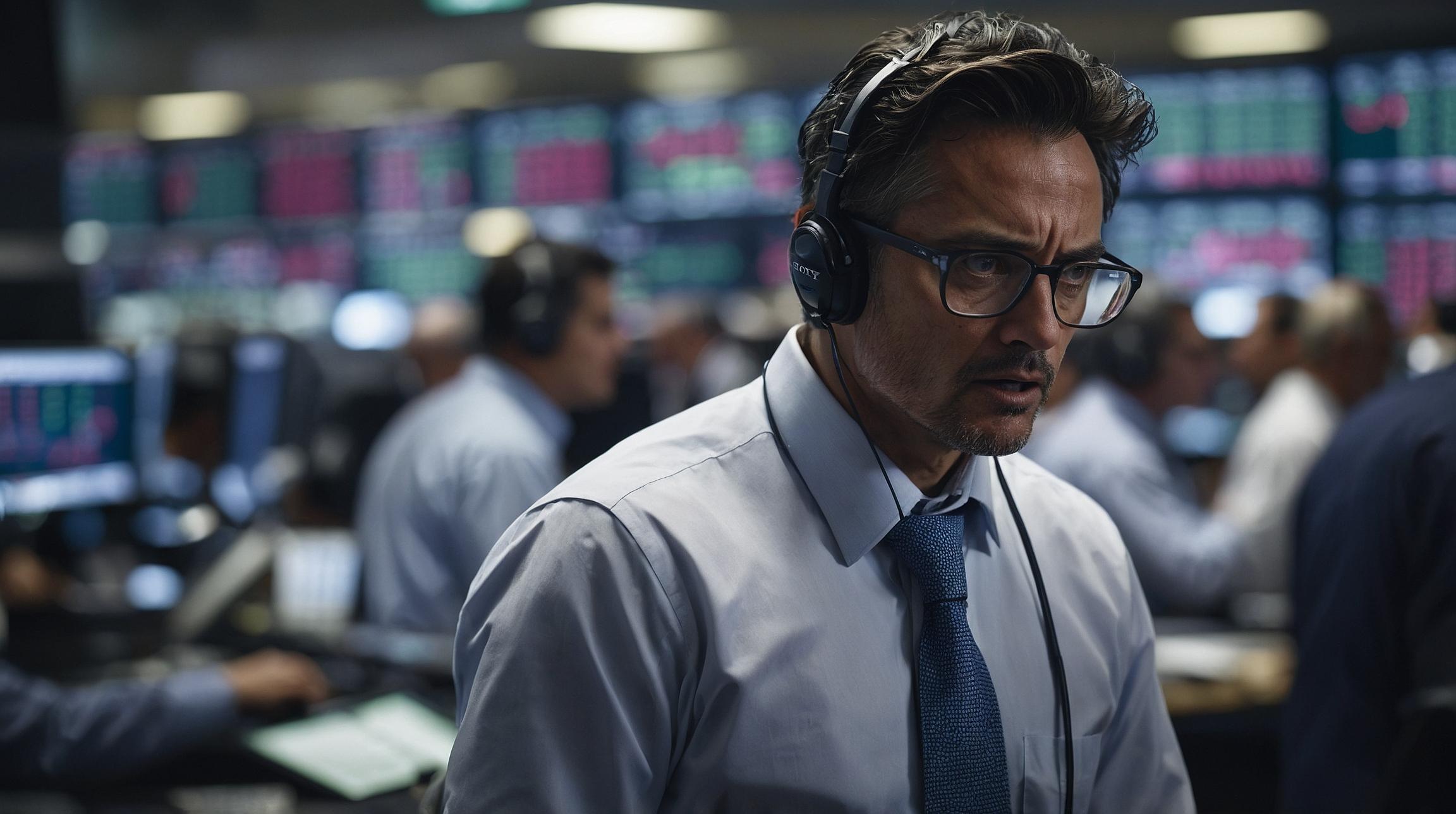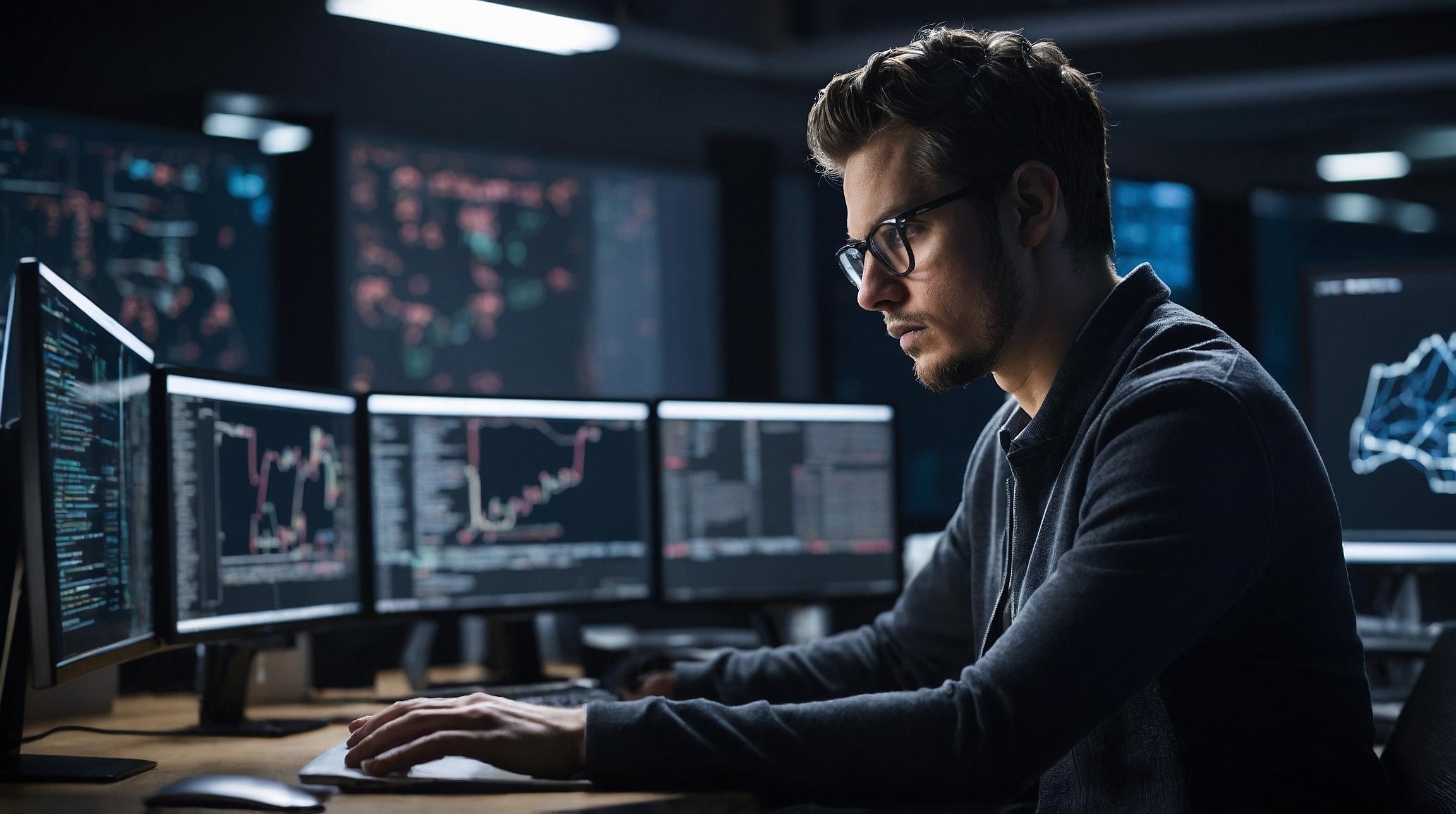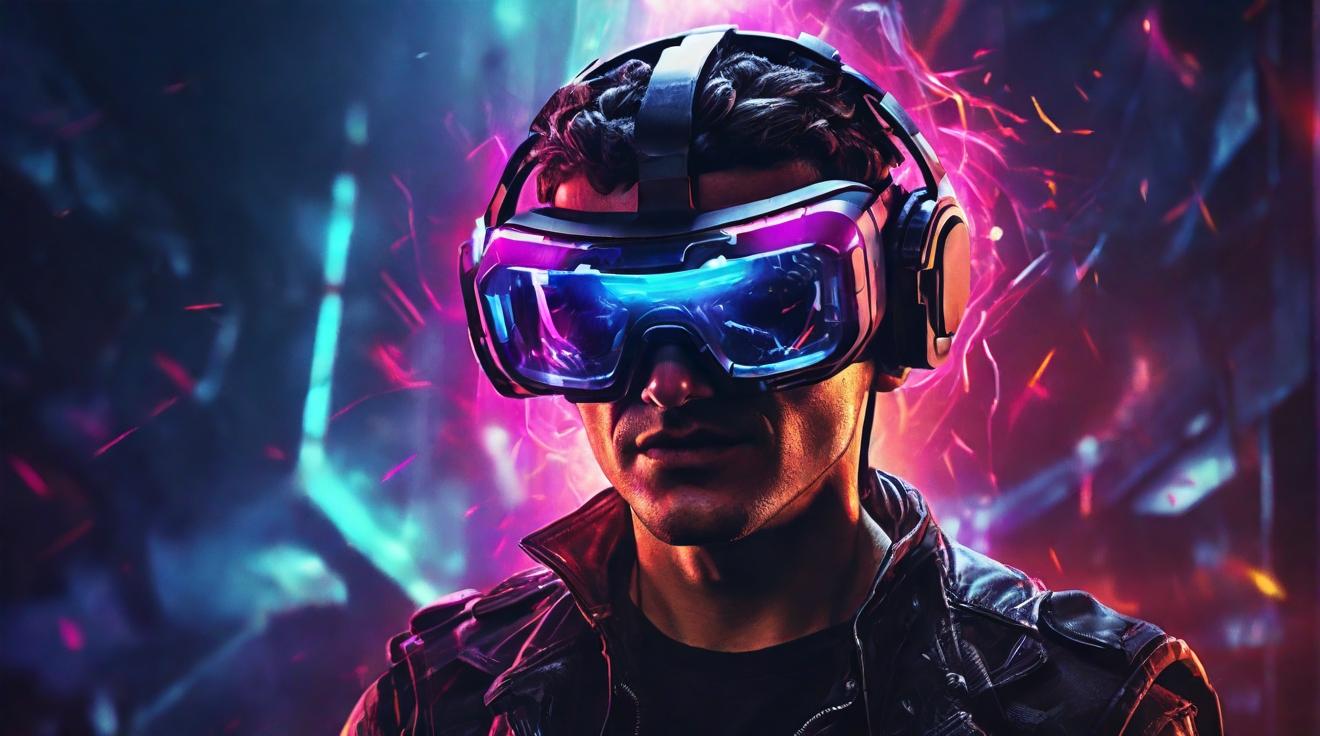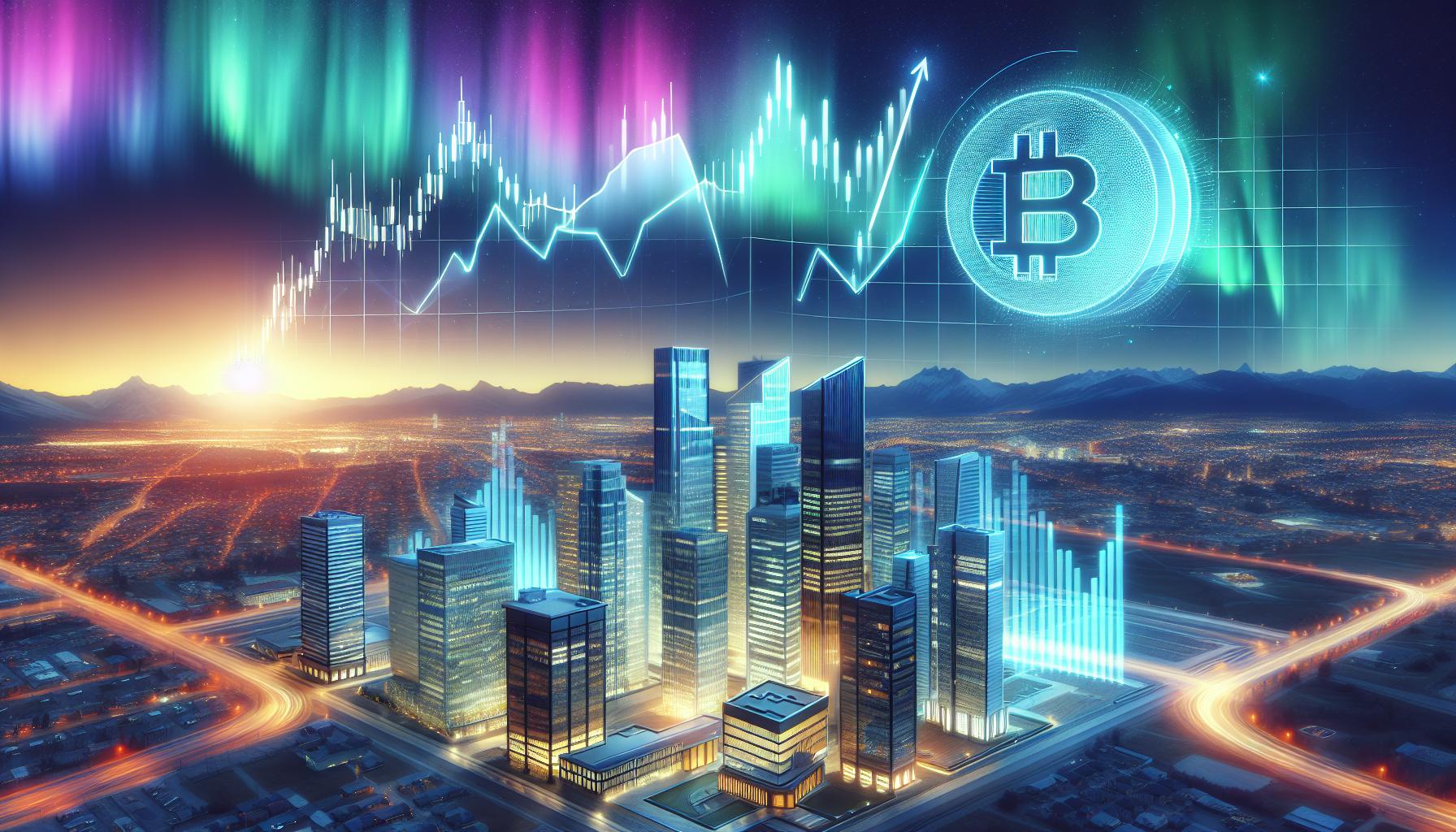What is Virtual Reality (VR)?
Virtual reality (VR) is an innovative technology that allows us to enter alternative digital worlds and completely immerse ourselves in them. Through the use of accessories like glasses, controllers, gloves, headphones, and haptic suits, VR technology creates a sense of total immersion, making us perceive these virtual worlds as if they were real. The development of lighter and more advanced devices, as well as improvements in resolution and visual quality, indicate that the future possibilities of virtual reality are boundless.
Virtual reality has found numerous applications in various fields, including education, entertainment, and even art and culture. In this article, we will explore how virtual reality is being applied in the artistic and cultural realm, opening up exciting possibilities for new experiences and interactions.
Concerts in VR: A New Way to Experience Music
One fascinating application of virtual reality technology is the ability to attend concerts in VR. With the latest generation of devices, one can enjoy these immersive musical experiences without expensive equipment. Virtual reality concerts can range from simply using a VR headset to immersive experiences that simulate being on stage with the artist or transport you to different locations in the concert environment.
Artists like Ariana Grande, Justin Bieber, and Billie Eilish have embraced virtual reality concerts, offering unique performances that can be enjoyed from the comfort of your own home. These virtual concerts break barriers of distance and time, allowing fans from all over the world to experience live music in an entirely new way.
Virtual Reality for Museums and Exhibitions
Although some may argue that visiting a museum virtually cannot replicate the experience of visiting in person, virtual reality has opened up new possibilities for access and interaction. Virtual reality allows art lovers to visit renowned art galleries and museums around the world without the need for physical travel. With a simple VR headset, anyone can explore the rooms of a museum, take their time to appreciate the artworks, and even visit temporary exhibitions that are no longer physically available.
Museums like the Prado Museum have embraced virtual reality to offer high-quality virtual tours, complete with audio guides provided by curators. This technology eliminates time limits and physical barriers, making art accessible to a wider audience. It opens up opportunities for education, exploration, and engagement with artistic and cultural heritage.
Interactive Art: Exploring Works in Virtual Reality
Virtual reality not only allows for virtual visits to museums but also offers interactive experiences with specific works of art. Virtual reality technology enables visitors to virtually enter artworks, explore them from different perspectives, and even manipulate virtual objects within the artwork. This interactivity enhances the level of engagement and interest, particularly in educational contexts.
For example, virtual reality can bring iconic artworks like Leonardo da Vinci’s “Mona Lisa” to life, allowing users to explore the details and historical context of the painting. By virtually immersing oneself in the artwork, a deeper understanding and appreciation can be achieved.
New Frontiers in Virtual Art Creation
Virtual reality has not only revolutionized the way we experience existing art but has also opened up new possibilities for artistic creation. Artists can design original environments in virtual reality, creating multisensory experiences that actively involve the audience as part of the artwork itself. These new forms of artistic expression blur the line between the passive observer and the active participant, offering exciting avenues for creativity and innovation.
Additionally, virtual reality art intersects with other emerging technologies like NFTs (non-fungible tokens) and the metaverse, creating new platforms for artists to showcase and distribute their work. The virtual art scene is evolving rapidly, providing endless opportunities for artists to push boundaries and redefine traditional artistic concepts.
In conclusion, virtual reality technology is transforming the art and cultural landscape, offering new ways to experience, explore, and create. While the subjective question of whether virtual experiences can compare to physical ones remains, the advancement of virtual reality technology undeniably enables broader access to cultural events and exhibitions that were previously limited to physical attendance. As technology continues to advance, the possibilities for virtual reality in art and culture are indeed limitless.
Analyst comment
Positive news: Virtual reality technology is revolutionizing the art and cultural landscape, offering new experiences, accessibility, and opportunities for creation. It allows for virtual museum visits, interactive art exploration, and the design of original virtual art environments. The market for virtual reality in the arts and culture sector is expected to grow as technology continues to advance, providing endless possibilities for artists and audiences alike.













